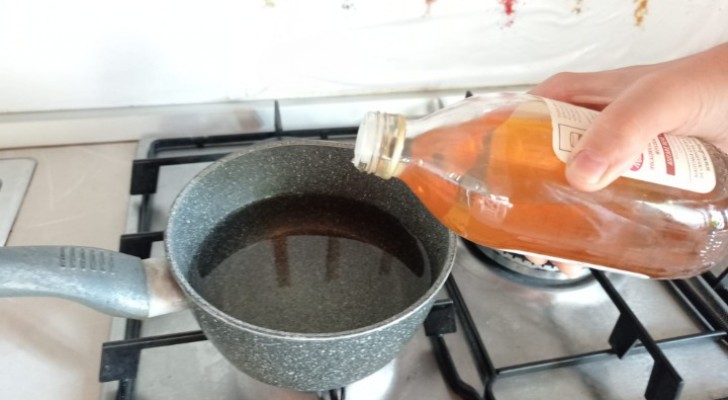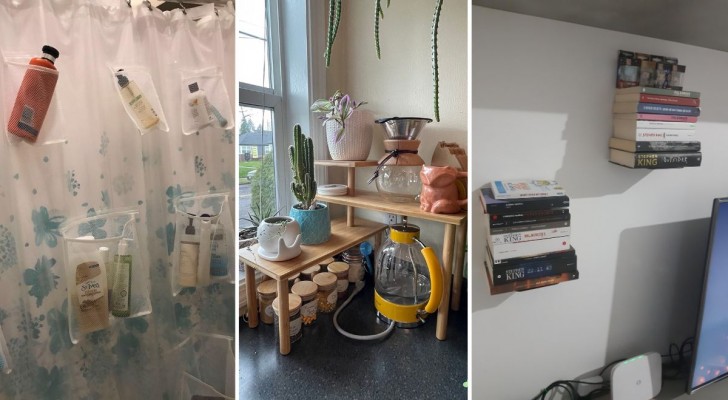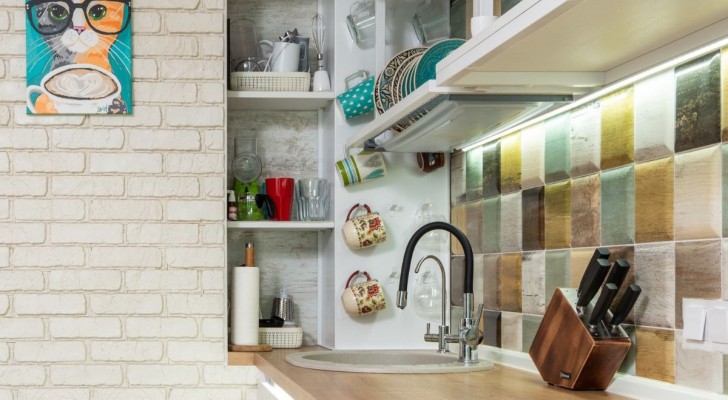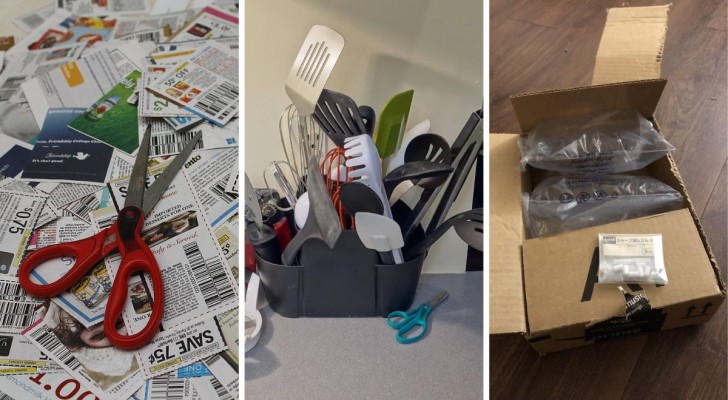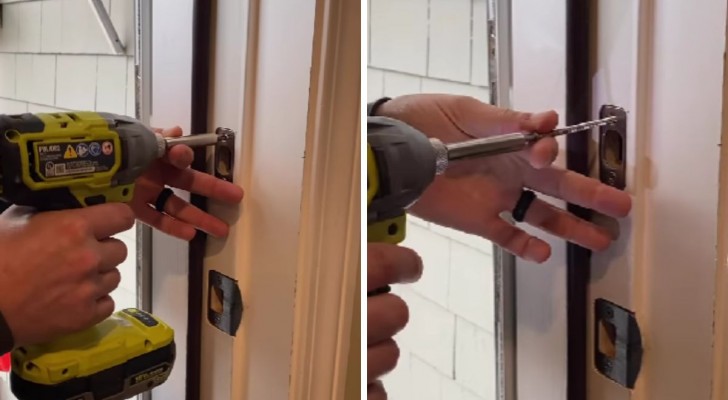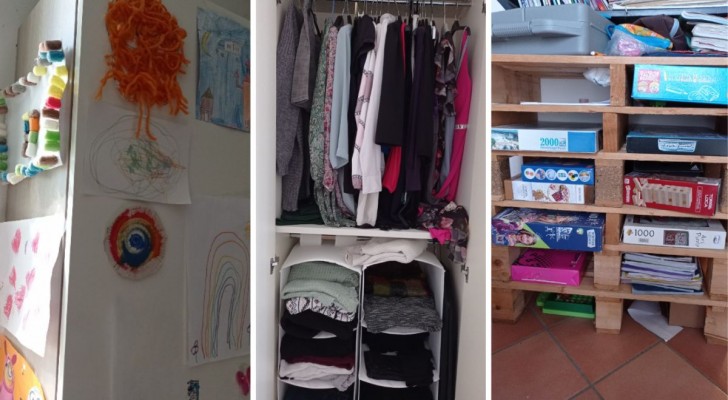Eliminate humidity and mold from the bedroom: use these tips
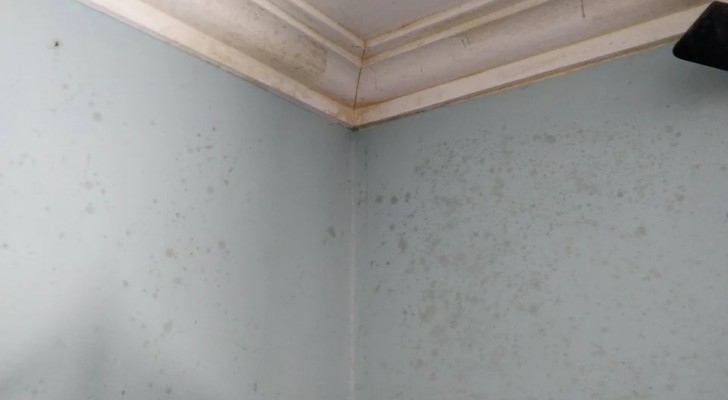
Having the right levels of humidity in the home is necessary for having a healthy environment. However, too much humidity can also cause problems. Too much humidity can cause mold and fungi to grow, staining wall and ruining furniture and fabrics.
It is therefore imperative to make sure that this does not happen, especially in one of the most humid rooms in the house, i.e. the bedroom.
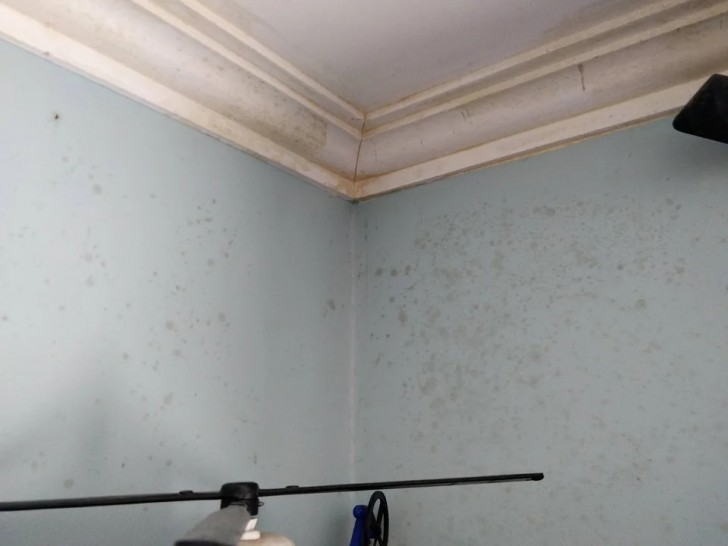
There can be many causes for damp or mold stains appearing. Sometimes, it is the result of some structural damage, leaks, broken pipes and similar. The causes need to be investigated promptly and the problems eliminated. At other times, it is a lack of attention (or taking preventive steps) that can cause the accumulation of humidity in the home.
Dehumidifying, therefore, is the primary objective: in the most serious cases, we may have to consult a professional. But there are some preventative steps we can take ourselves, for example:
- Air out the rooms as often as possible, opening the windows for 20-30 minutes (even in winter), especially if it's sunny outside.
- Avoid bringing damp cloths and garments into the bedroom. Don't keep the drying rack in the room, unless it near the windows and/or doors where there is good airflow.
- Where the drying rack must be inside - especially in winter - keep it near heat sources and maybe even use a fan. In any case, never keep the windows closed all the time.
- Let the sunlight in as much as possible, at any time of the year, and especially in the colder seasons: no shutters lowered or curtains drawn during the daytime.
- Use home remedies to absorb humidity: cut the neck off a plastic bottle, then, inserting it upside down (with the mouth down) into the bottom of the bottle, you can insert cotton into the neck opening and then fill the funnel that you have created with baking soda, table salt or even Epsom salts.
- If you find mold stains on the walls, and have managed to eliminate the cause, you still need to get rid of the spores before repainting. To do this, you should use hydrogen peroxide or bleach-based solutions. When bleach is used - even for just an hour - air the room out well afterwards (and avoid staying in the room). Only when everything is dry, clean and aired out can you proceed to repaint.
- Furniture: here, you can use spray products made from Marseille soap and hydrogen peroxide (and to which, if you want, you can also add a few drops of teatree essential oil).
- Fabrics: fabrics should be washed at high temperatures (where this is possible), along with hydrogen peroxide. As for drying, it is best to dry fabrics in the sun (especially if they are white).
A little attention and a little elbow grease, and humidity will no longer be a problem in your home!
